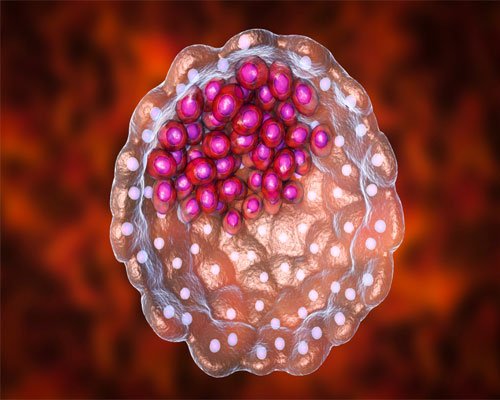Blastocyst

Blastocyst transfer denotes the true advancement which medical science has brought up to the fertility treatments in the current context. Blastocysts can be defined as the advanced embryos that come along with a better chance (per embryo) of implantation than the embryos in the earlier stages. To reach this stage, the Developing embryos are been provided with all the support to grow without any disturbance for five days period until they become a blastocyst eventually.
The embryos transferred at the Blastocyst stage are known to be enhancing the rate of pregnancy without pushing the rate of multiple pregnancies on the other side. Blastocyst transfer comes as an advanced version of the assisted reproductive technology which has helped numerous couples around the world to conceive.
The blastocyst can also be termed as another technology associated with the implantation process in the IVF treatment. It might come as just another traditional method to be used in the IVF treatment but proved itself to be coming as an effective method whilst offering better results over time. This development can certainly be accredited to the recent advancement in the medical technology and cell culture media which now facilitates the artificially fertilized egg to grow up to the blastocyst stage within the cell culture itself.
Relevance of blastocysts in IVF
One of the key elements of a blastocyst is that it efficiently reaches to a point where the growing baby’s own genes gets triggered and takes over the rest of the development process. This process is been known as “genomic activation,” and right because the genes comes as a chemical codes that make us unique individuals, genomic activation is the element which helps a gene to develop into a unique individual right from the conception process.
Although the complicated biological process looks simple at the first go, the process includes is not that simple by any means. As pert a recent study by the medical experts around, almost one-third of embryos comes with the capability of rightfully activating their own genes whilst developing to a blastocyst.
Once an embryo reaches to a blastocyst stage, the message which is conveyed here is that the healthier embryo is more than fit to be implanted into the uterus whilst pushing into a further development process to facilitate a full-term pregnancy, ensuring the delivery of a healthy baby. Here at SureIVF, our fertility specialists come along with years of experience and medical expertise whilst performing numerous blastocyst transfers at our clinics.
How blastocyst culturing helps in the IVF process?
Blastocyst helps in the IVF process by various means as its help in enhancing the overall chances of pregnancy by ensuring the transfer of the best quality and developed embryos to the woman’s uterus. On the other side, Most IVF cycles produce several embryos and there are mixed chances whether those embryos would be able to help in the achievement of pregnancy later on.
Because the blastocysts come with a better and higher implantation potential as compared to the less advanced embryos, only a few of them gets transferred eventually. Usually, one of the best quality blastocysts is been recommended to get transferred into the uterus, whilst the remaining ones get frozen for future use.

Blastocyst helps in reducing the risk of multiple births
Whilst the embryologist allows the embryos with some more time to develop in the IVF lab, they can easily track and monitor which embryos are best for transfer and can be chosen to carry forward the whole embryo transfer process. This further means that only one or two blastocyst embryos out of the whole lot get selected. Moreover, with pregnancy rates coming to more than 50 percent in patients developing healthy blastocysts, it is been widely used in almost every IVF treatment around.
Blastocyst culturing eliminates the risk of any kind of multiple pregnancies, like triplets or quadruplets, and came up as a breakthrough technique in helping parents that are concerned about the risk of multiple pregnancies. Moreover, the same technology has reaped great results in aspects like egg donation where the embryologists are made available with a good number of healthy and high-quality embryos. In fact, whilst using the blastocyst transfer as an assisted reproductive technology at our center, we have witnessed a big surge of around 80 percent in the success rates in most of the egg donation programs.
Embryo transfer involves transferring one or more embryos that have reached a very advanced stage of development, the blastocyst stage. This is performed on the fifth day after follicular aspiration.
After the eggs are retrieved from the ovaries (follicular aspiration), they are fertilized in the laboratory. This is performed by either normal In-vitro fertilization (IVF) or by means of Intracytoplasmic Sperm Injection (ICSI).
Right after the fertilization, the egg starts to divide and develop into an embryo. The doctor usually inserts one or more embryos in the woman’s uterus two to three days after egg retrieval. This process is referred to as embryo transfer.
The embryos can also develop in an incubator up to the fifth day, i.e. the blastocyst stage, thanks to improved cell culture media (blastocyst culture). The embryos transferred at this stage of the process is called the blastocyst transfer.
